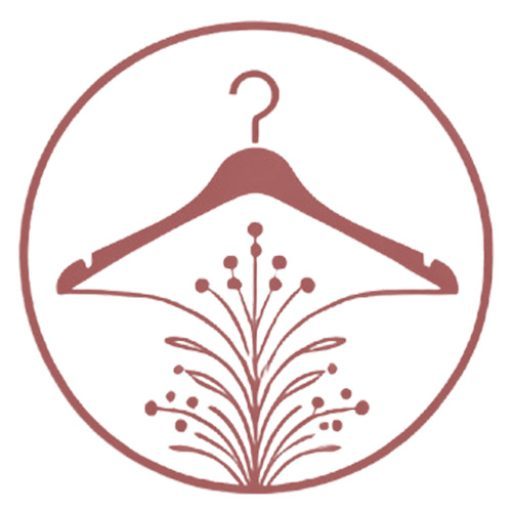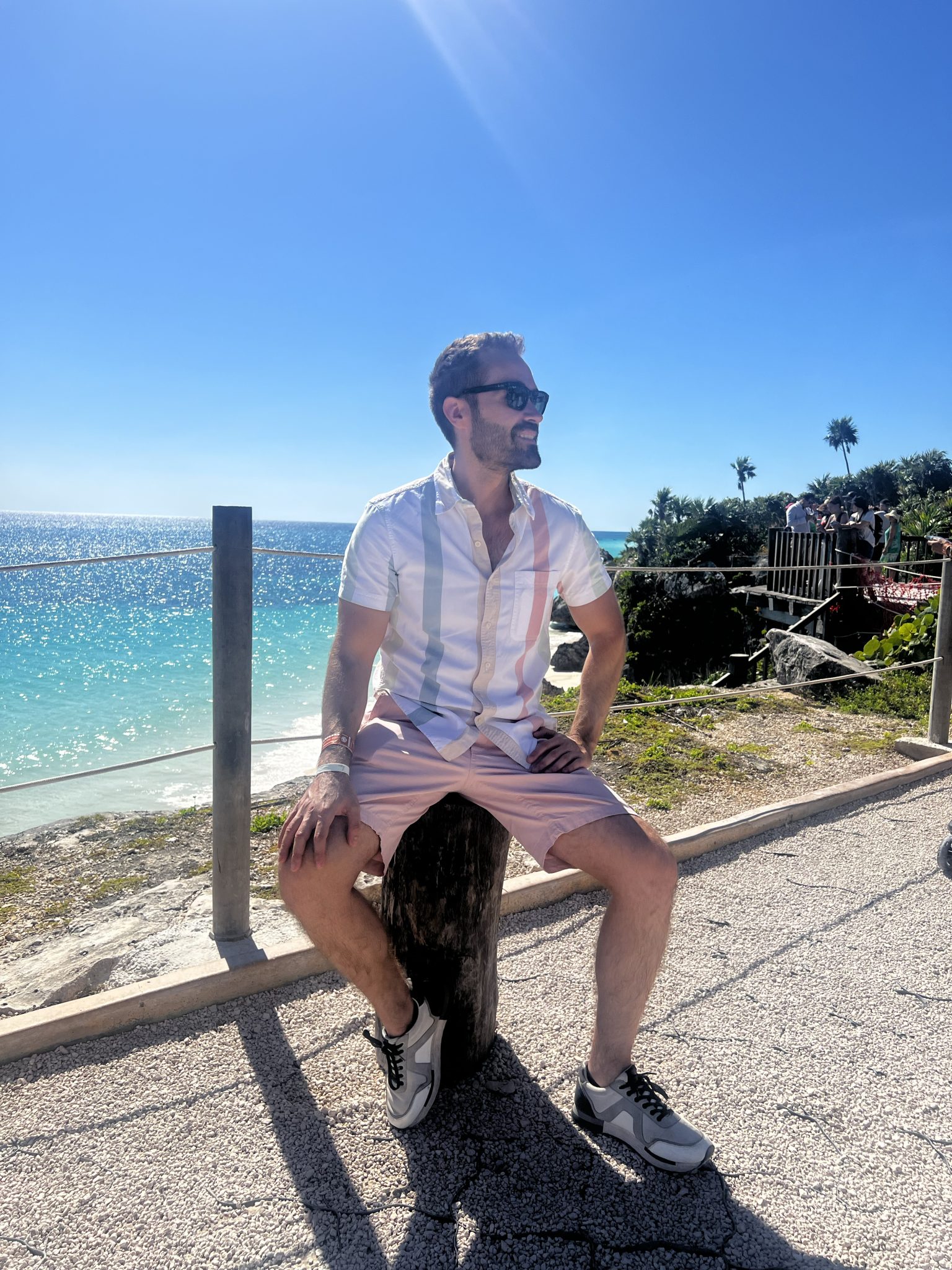Introduction
One humid summer morning, I found myself staring at my wardrobe, overwhelmed by the challenge of dressing professionally yet comfortably for my office’s casual environment. The scorching heat outside seemed to undermine every outfit choice, making me keenly aware of how difficult it is to strike the perfect balance between looking polished and staying cool. That day, I realized that mastering business casual summer basics goes beyond simply picking lighter fabrics—it requires a thoughtful approach to color selection that impacts both appearance and confidence.
Understanding how colors influence perceptions and moods became a game-changer in my style journey. The right color palette can not only make you look more put-together but also shape how colleagues, clients, and even yourself perceive your energy and professionalism. This is especially key during the summer months when lighter, brighter colors often take center stage but must be curated carefully to maintain a business-appropriate tone.
About the Author and My Trend Boutique
In this post, I’ll share with you an in-depth exploration of the business casual summer basics color palette, blending my academic expertise in fashion design and color psychology with practical styling advice. Whether you’re navigating a creative office or a more conservative work environment, this guide will empower you to dress with intention and confidence throughout the summer season.
Foundational Concepts
To fully appreciate the significance of a business casual summer color palette, it’s essential to unpack a few key concepts that shape our approach to professional attire.
Color Psychology
Color psychology studies how different hues influence human behavior and emotions. In the realm of fashion, it’s about what your clothing colors communicate before you even speak. For example, blue often conveys trust and calm, making it a favorite for professional settings. Research from color scientists reveals that colors activate neural pathways linked to emotions, which can influence not only your mood but also how others perceive your confidence and competence.
I remember advising a client preparing for a crucial interview: she was nervous about making a strong impression. By incorporating a soft navy blazer into her outfit, we tapped into the calming and authoritative qualities of blue, which subtly bolstered her confidence and positively shaped the interviewer’s perception.
Trend Forecasting
Forecasting upcoming trends in color and style is pivotal for building a wardrobe that feels fresh yet practical. Tools such as the Pantone Color Institute’s seasonal palettes and reports from fashion weeks provide insights into colors that will be culturally and commercially relevant. While trend-following can be fun, blending trending hues with timeless basics ensures your business casual looks remain refined and appropriate throughout the summer.
Dressing to Impress
“Dressing to impress” is often misunderstood as simply wearing formal attire; instead, it means choosing clothing and colors that positively influence first impressions and ongoing perceptions. In a business casual summer context, it’s about striking a harmonious balance between professionalism, comfort, and style. Research in social psychology underscores how appearance affects credibility and likability. Wearing well-chosen colors in appropriate fabrics and silhouettes not only enhances your visual presence but anchors your self-assurance in social interactions.
Picture Gallery
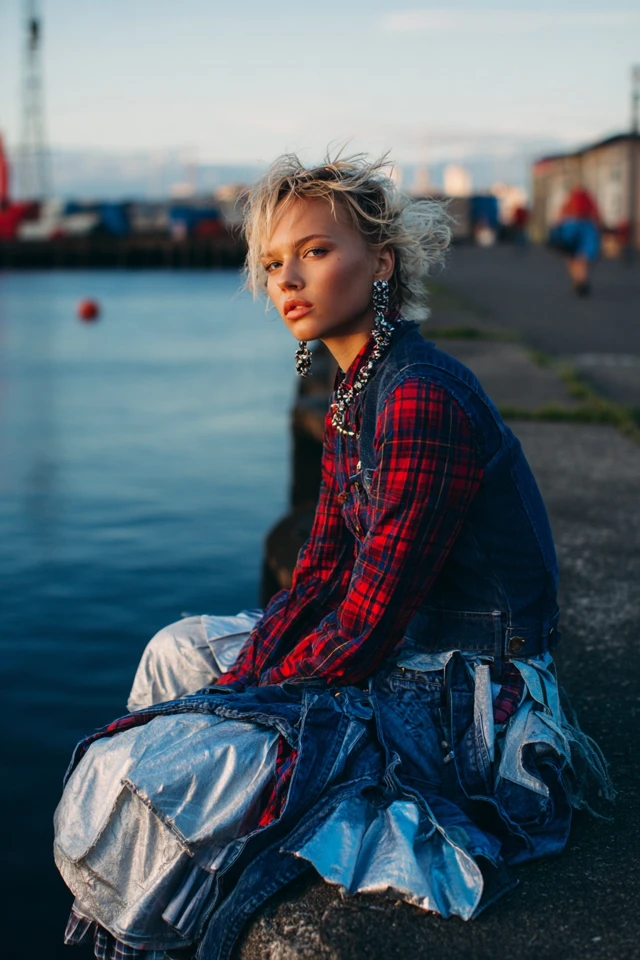
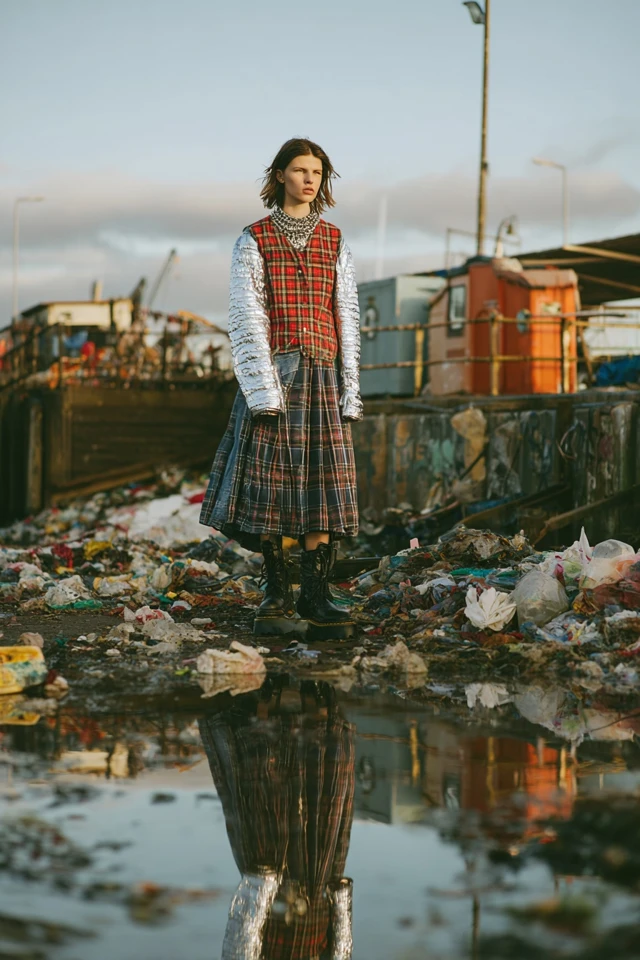
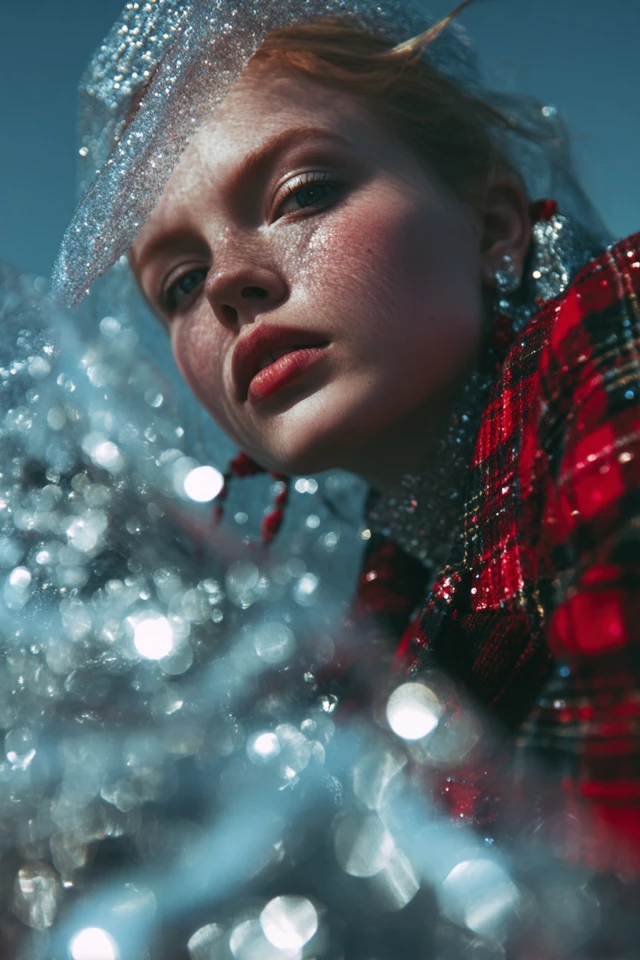

Color Psychology & Emotional Impact
The colors you wear have profound effects beyond aesthetics—they can elevate your mood, influence others’ perceptions, and even affect your day’s outcomes. This principle is especially relevant in a summer business casual wardrobe where colors are often lighter and brighter, reflecting seasonal change and energy.
Blue: As mentioned earlier, blue evokes calm, confidence, and reliability. It’s ideal for interviews and presentations, sending messages of trustworthiness. Navy and sky blue are summer-friendly choices that blend freshness with authority.
White and Ivory: These shades symbolize cleanliness, simplicity, and clarity of thought. White linen shirts or blouses are classic summer staples that help project openness and professionalism while keeping you cool.
Pastels: Soft hues like blush pink, mint green, and lavender introduce a gentle approachability. They lighten your palette, suggesting creativity and warmth without overwhelming the sense of professionalism.
Neutrals: Taupe, beige, and grey act as the grounding forces of your wardrobe. They’re versatile, comforting, and function as excellent base layers that allow bolder accent colors to shine.
Bright Accents: Coral, turquoise, and sunshine yellow can be integrated through accessories or single pieces. These spark energy and optimism but should be used deliberately to maintain a polished business casual look.
Scientific studies in first-impression psychology confirm that color choices made within the first few seconds of meeting can influence how approachable, competent, or authoritative someone appears. Wearing colors that align with your professional goals and personal energy can significantly enhance your workplace interactions and self-confidence.
Personal Style & Body Type Considerations
Understanding the interplay between color, fabric, silhouette, and your body type is essential to crafting a summer business casual wardrobe that flatters and feels authentic.
Silhouettes and Fabrics
Summer attire requires breathable fabrics like lightweight cotton, linen blends, and silk to keep cool while maintaining structure in your clothing. Tailored yet flowing silhouettes help balance comfort and professionalism—think ankle-length cropped trousers, A-line midi skirts, and softly structured blazers.
Color Placement and Body Shape
Strategic use of color can enhance your best features. Darker shades on areas you want to minimize and lighter or brighter tones on areas you want to highlight create visual balance. For example, a pear-shaped individual might choose darker trousers paired with a pastel blouse to draw attention upward.
Complexion and Undertones
Knowing your undertone—warm, cool, or neutral—guides your color selections. Warm undertones usually shine in earthy hues, peachy pastels, and golden beige, while cool undertones resonate with blues, purples, and crisp whites.
Checklist: Discover Your Ideal Summer Colors
- Do you tend to look better in gold (warm) or silver (cool) jewelry?
- Which colors compliment your skin’s natural blush: bright or muted?
- Do you prefer vibrant or soft tones?
- What colors do you feel most confident wearing?
- How does your body shape respond to different color placements?
Reflecting on these questions will help you curate a color wardrobe that not only looks fantastic but feels in harmony with your unique style and personality.
Current Trends & Timeless Classics
Incorporating current trends into your business casual summer wardrobe need not mean sacrificing timelessness. The latest color trends reflect broader cultural shifts and seasonal moods, yet classic colors ensure your choices remain versatile and enduring.
Trending Colors: Soft lavender, seafoam green, and warm terracotta have been gaining traction in professional wear, offering new ways to express personality within office codes. Incorporating these through blouses or light cardigans can freshen your look without overwhelming.
Timeless Staples: Navy, crisp white, charcoal grey, and beige are perennial favorites that ground your ensemble in sophistication. These hues serve as a reliable canvas to layer trend-forward pieces.
For example, pair a classic navy sheath dress with a pastel mint blazer or coral scarf. This approach balances modern vibrancy with business-appropriate restraint, demonstrating style savvy and confidence.
Practical Tips & Recommendations
Building a functional business casual summer wardrobe that leverages color psychology and style fundamentals can transform your daily dressing routine.
- Shop intentionally: Invest in high-quality basics in neutral tones and add seasonal accents in trending or flattering colors.
- Maintain your wardrobe: Store delicate fabrics properly, use proper detergents to preserve colors, and refresh staples each season to avoid wear.
- Layer strategically: Use lightweight cardigans or unstructured blazers in versatile shades for easy layering that suits fluctuating office temperatures.
- Accessorize thoughtfully: Belts, scarves, and statement jewelry in accent colors can add personality without overpowering professionalism.
- Combine colors confidently: Use a color wheel to explore complementary and analogous hues. For instance, coral pairs beautifully with teal or navy, while blush pink harmonizes with grey and cream.
By consciously selecting colors and garments suited for your environment and complexion, you build a wardrobe that projects authority and authenticity—both essential to dressing to impress.
FAQs
- How can I find my signature color for business casual summer wear?
- Start by experimenting with hues that enhance your complexion and evoke positive emotions. Pay attention to colors that draw compliments and make you feel confident. Consider professional color analysis or use online quizzes designed by color psychologists and stylists.
- Can I stay within budget while building a versatile color palette?
- Absolutely. Focus on acquiring timeless neutral pieces and gradually incorporate trending or accent colors through affordable accessories or select garments. Seasonal sales and quality thrift shopping are excellent budget-friendly strategies.
- Is it possible to create a capsule wardrobe based on these color palette principles?
- Yes, a capsule wardrobe built on a cohesive color scheme streamlines dressing and enhances mix-and-match opportunities. Select 3–4 core neutrals and 2–3 accent colors that harmonize to maximize outfit combinations.
- How do trends affect my personal color choices?
- Trends offer inspiration and variety but should not override colors that flatter your skin tone and match your professional goals. Treat trends as accents that refresh your core palette rather than replace it.
- What tips do you have for layering colors in summer business casual outfits?
- Keep layering lightweight and consider color contrasts and textures. Pair a neutral base with pastel or bright accents on top layers, such as a blazer over a blouse, to create dimension while staying breathable.
Conclusion
Embracing the business casual summer basics color palette is more than following fashion—it’s a strategic approach to dressing that supports your confidence, professionalism, and personal expression. By understanding the psychology of color, aligning your choices with your body type and complexion, and blending current trends with timeless classics, you can craft a wardrobe that meets the demands of your professional life while celebrating your individuality.
I encourage you to experiment boldly within these guidelines. Try new colors, mix textures, and observe how different palettes make you feel and interact with others. Your wardrobe is a powerful tool—let it tell your story authentically.
Please share your thoughts in the comments below, tell me about your favorite summer business casual colors, and don’t forget to subscribe for more insights on dressing to impress with intention and style.
